WESTERN
Western forms of massage therapy are both traditional and modern. While Sports Massage, Swedish Massage, Deep Tissue Massage, and Trigger Point Massage are popular forms, they are not the only types of Western Massage available. Indeed there are many different variations of Western Massage. Some are straightforward adaptations of the essential Swedish Massage.
Others combine the traditional with a more modern approach. Some unite Eastern and Western elements to create a new entity. Among the many types of Western Massage Therapy are the following:
• Rolfing
• Myofascial Release
• Kurashova Method
• Esalen Massage
• Medical Massage and
• Reflexology.
Western Massage therapists have one major thing in common. They focus on the body. They frequently rely on a completely Western concept of medical knowledge. In most instances, it is all about the physical repair and maintenance of the body. This is certainly true of Rolfing.
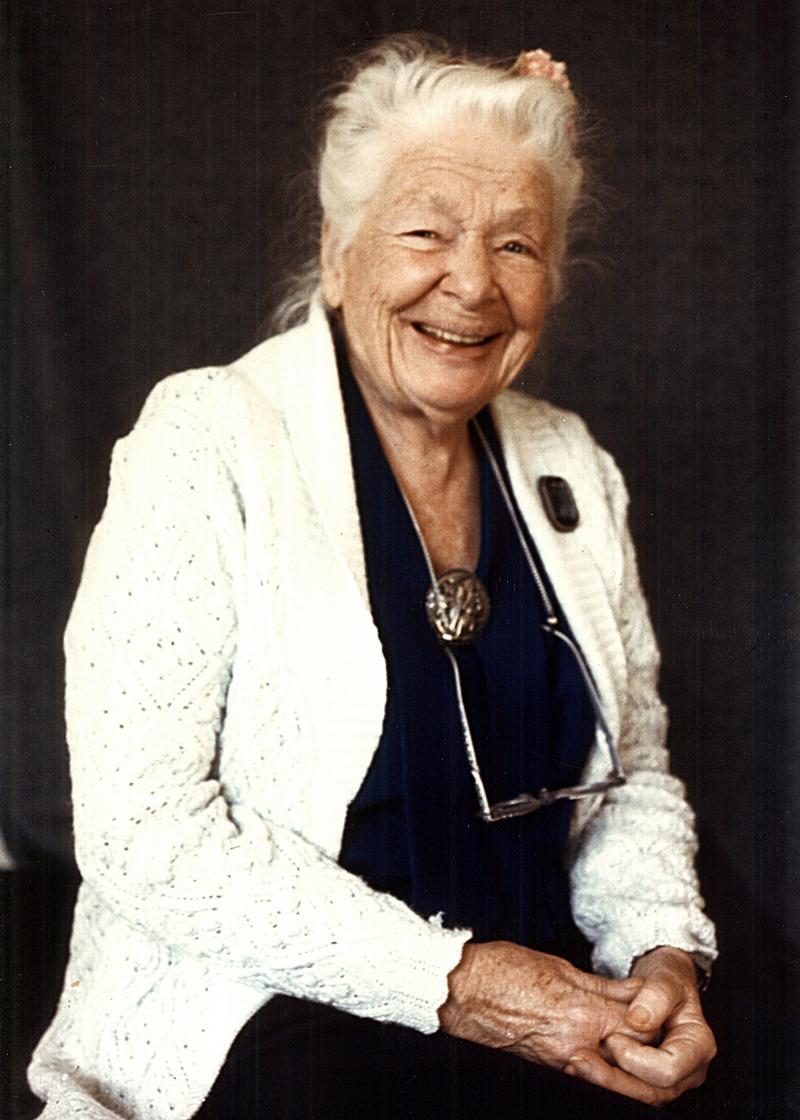
ROLFING
Rolfing is the product of the work of Ida P. Rolf (1896-1979). The technique is officially the Rolfing Method of Structural Integration. It believes the body becomes worn down and shifts within the myofascial system (connective tissue). Using elbows, fingers, and knuckles, a practitioner helps to align the misaligned body tissue and joints. This is accomplished after ten sessions.
Once considered a painful experience, the methods have shifted and become gentler in their approach. Ida Rolf practiced at the Esalen Institute in Big Sur, California, before establishing her process and school- the Rolf Institute. Esalen Massage, like Rolfing, is based on Swedish Massage. Its techniques are similar.
Esalen Massage Therapy features the long strokes of Swedish Massage, combining them with rocking movements and deep tissue massage. Esalen does so in what they refer to as a caring or nurturing environment.
The environmental factor owes much to the sensory awareness approach of Charlotte Selver. Nevertheless, the focus is on physical wellness. Rolfing is also related to Myofascial Release Massage Therapy.
The Myofascial Release approach owes much to the work of John Barnes, a physical therapist. The focus here, like in Rolfing, is on the fascia. The fascia are the connective tissues found everywhere around the muscles and joints; surrounding the organs and bones to release tension and restore balance to the physical body, the practitioner massages the affected areas. Fingers, palms, forearms, and elbows are brought into play.
The therapist uses long, gliding, and smooth strokes to stretch and mobilize the fascia. Like Rolfing, Myofascial Release Massage Therapy may be incorporated into other types of Massage Therapy.
MEDICAL MASSAGE
Medical Massage is another adaptation of Swedish Massage. Medical Massage addresses only the issues of healing the physical body. Its approach and techniques tend to vary according to the needs of the patient and the directions/prescriptions of the physician.
Medical Massage practitioners work together with other health professionals to restore health by treating injuries and addressing other illnesses. The most common types of massage address deformities, tennis elbow, sciatica, knee pain, sprained ankles, and repetitive stress disorders. The technique is illness-specific.
The Kurashova Method of massage therapy has its origins in Russia. It is a known form of medical massage introduced to the United States by Zhenya Kurashova Wine. The practice consists of more than 100 strokes. Depending upon the condition requiring treatment, the practitioner uses deep or gentle strokes. In essence, this method of massage combines Medical and Sports Massage elements. It intends to treat physical dysfunctions and enhance athletic performances. It can also help a client relax or re-energize their body. It is genuinely Western in both its medical and philosophical approach.
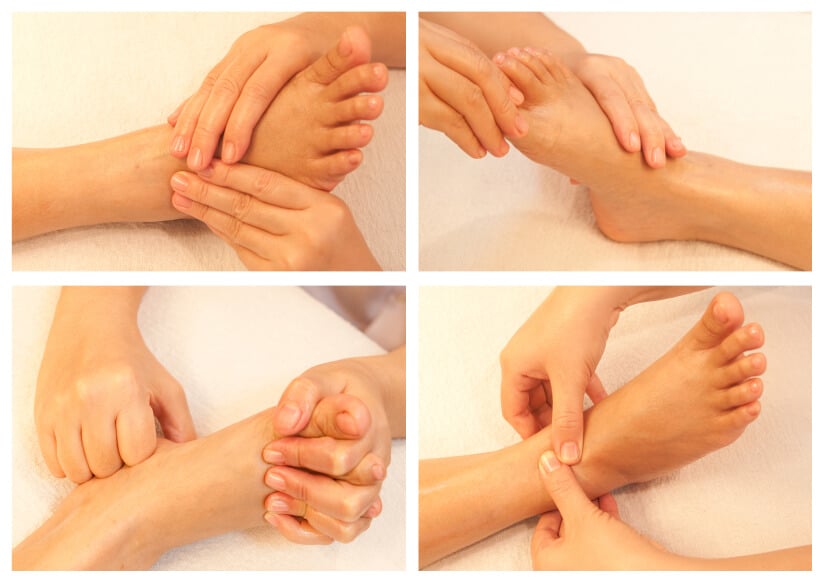
REFLEXOLOGY
Reflexology is often considered an Eastern form of Massage Therapy. It claims to have predecessors in the wall paintings of Egypt and Chinese Acupuncture. Yet, its founders are both Americans. In the 19th century, Dr. William Fitzgerald developed a theory on the interconnection between specific points on the feet, pressure, and the impact on the body organs. He referred to 10 zones on the feet that would influence health if pressed upon properly. This is very similar to the Chinese concepts of meridians or channels and acupressure.
Mrs. Eunice D. Ingham, an American masseuse, adopted Fitzgerald’s ideas in the 1930s. She wrote a book, The Stories the Feet Can Tell, published in 1938. This spawned the massage now known as Reflexology. The intent is to restore physical health by pressing the points of the foot.
Each foot (or hand) has specific ties to an organ or other significant part of the body. Direct pressure releases the pain and helps the healing process. Reflexology naturally finds itself in combination with other forms of Western and Eastern Massage Therapy. Aromatherapy, Shiatsu, Sports Massage, Chinese Massage Therapy, and Yoga other practices may include Reflexology as a technique. In some ways, Reflexology provides the ideal example of West meeting East.
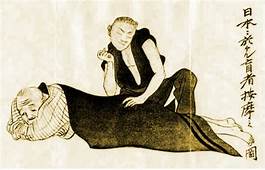
EASTERN MASSAGE THERAPY
The standard form of Eastern Massage Therapy is Chinese or Asian Massage Therapy.
The most standard is acupressure. Its approach is strictly based on the philosophical and medical concepts from the East. It perceives the healing of a body to be realized only with the involvement of the life force. This is the Chi or Qi in Chinese and the Ki in Japanese.
In Traditional Chinese or Japanese Massage Therapy, the practitioner works with the energy or life force to heal the body. It is all about balancing the energy within the body. It is also about creating and maintaining a physical, mental, and emotional balance.
In the traditional form of Asian massage therapy, the therapist strives to restore a balance among all aspects of the body. Moreover, he or she accomplishes this using a system based on a concept of meridians or pathways. A blockage of any of the 12 meridians or 8 channels, according to Acupressure theory, will cause many adverse effects such as disease and emotional trauma. By placing pressure on specific points, the practitioner clears the channels. This allows free flow of energy, balance is restored, and health improves.
Other traditional versions of Western or Asian massage therapy include
• Amma (Japan)
• Tuina or Tui Na (China) and
• Thai Massage.
All these forms of Asian massage rely on the philosophical and medical approaches of the East. Tuina, for example, works with specific acupressure points to stimulate the joints and muscles. Techniques are traditional Chinese brushing, kneading, rolling, and pressing.
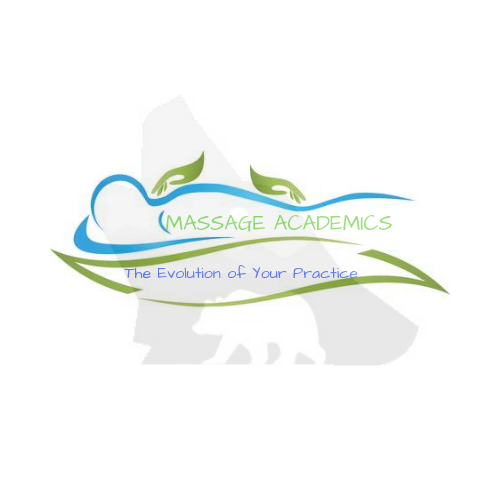


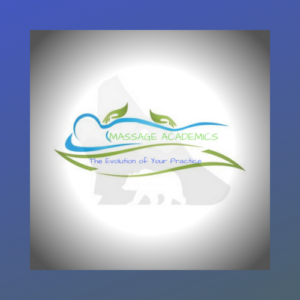
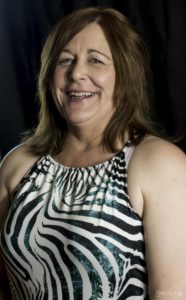
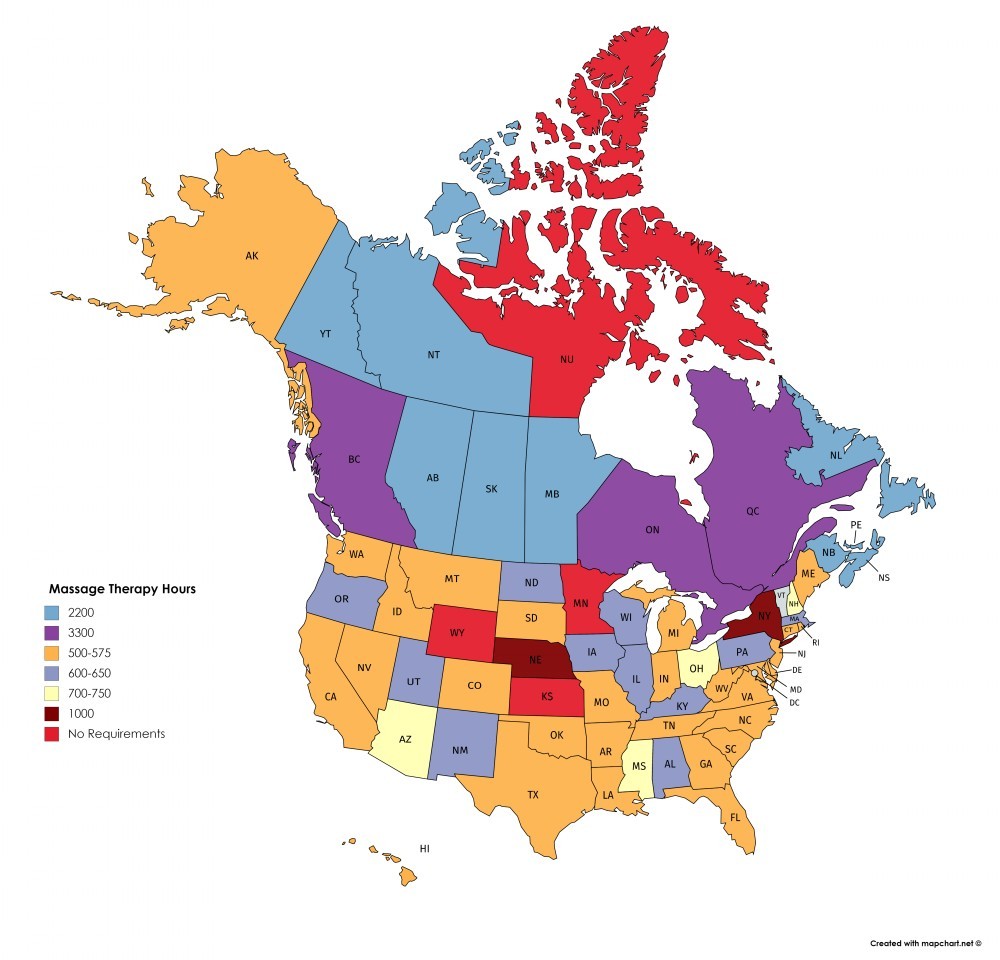
Recent Comments